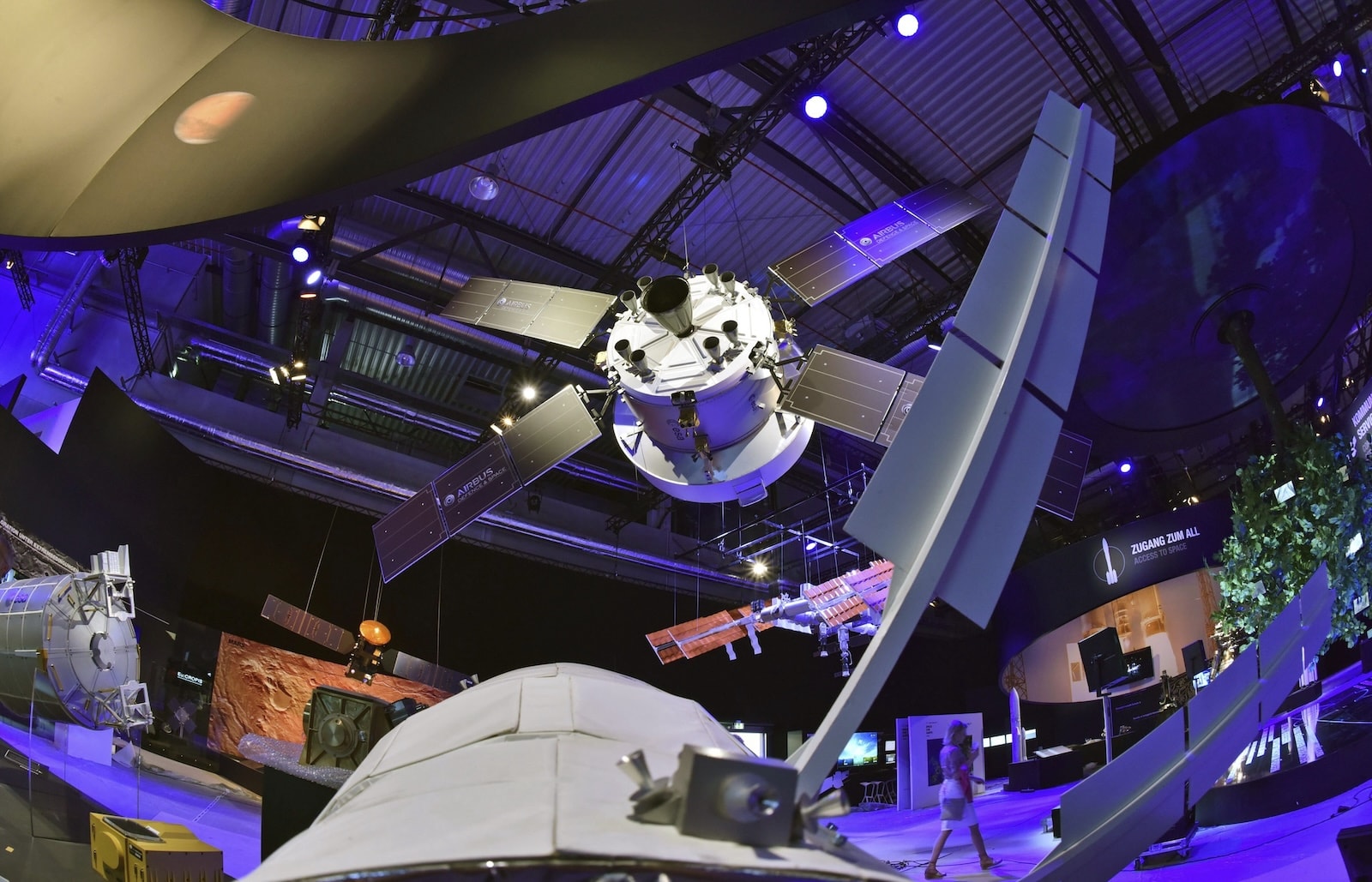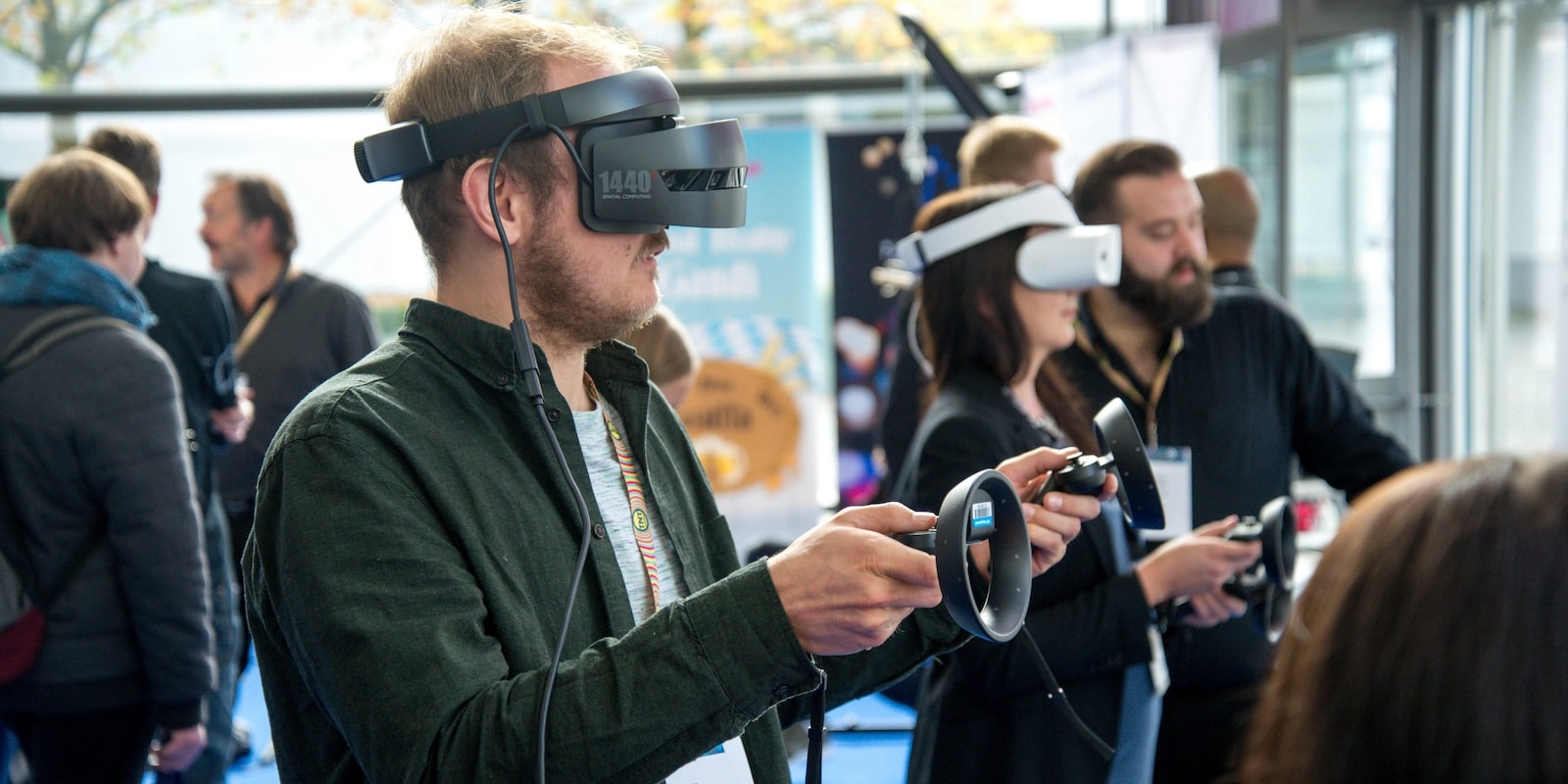Thursday, August 7, 2025
Imagine having a "double" to make decisions for you. You'd know the consequences of all the different options and always choose the best alternative. Although this may sound like something from a science fiction movie, in the case of energy management it's already a reality that helps optimize consumption, reduce costs, and minimize environmental impact. This solution is known as a digital twin and has a great simulation and analysis capacity for optimizing and transforming the way we interact with energy.
A virtual mirror of the real world
A digital twin is a virtual replica of an object, system, or process found in the real world. It's not just a 3D representation, but a "living" and constantly updated model that incorporates real-time data. This two-way connection allows the digital twin to accurately reflect the state, behavior, and performance of its real-life twin.
To help us understand this concept a bit better, let's take a look at a more specific example: imagine having an exact replica of an electrical power plant that accurately simulates all the components, variables, and energy flow. This allows its engineers and managers to experiment with different future scenarios and predict failures, optimize operations, and make decisions without affecting the actual physical system. What if an earthquake were to affect our power plant? By simulating the forces of an earthquake on our digital twin, we could predict how it would be affected.
Why are digital twins important for energy management?
Energy management is a complex field where the goal is to balance efficiency and reliability, taking into account the connections between different systems or the supply-demand balance. Therefore, digital twins can help in different ways:
General overview
They give us a comprehensive, real-time overview of energy consumption and production, identifying patterns, anomalies, and improvement or optimization opportunities.
Prediction
A digital twin allows us to simulate the behavior of an energy system in different situations, meaning that we can plan for a range of possible scenarios.
Optimization
They make it possible to implement strategies that reduce energy consumption and maximize system performance.
Decision-making
Based on a large amount of data, we can obtain accurate, up-to-date, and real-time information to make strategic decisions, which can be of help when investing in new infrastructure or even scheduling facility maintenance.
Applications of digital twins in the energy sector
Digital twins are a highly versatile tool that can be used in various areas of the energy sector. Let's look at some examples of where they can be used in the energy sector:
Power plant optimization
We can create digital twins of generators, turbines, and other equipment in a power plant to simulate different conditions. What does this help us do? Reduce operating costs and make energy production more efficient. For example, the water flow required in a hydropower plant can be managed more precisely.
Power grid management
The complexity of modern power grids due to the integration of intermittent renewable energy sources and growing demand means that advanced tools are required for management. Digital twins of the grid make it possible to simulate energy flows, detect overloads, predict interruptions, and optimize distribution, which is crucial for ensuring supply stability and reliability.
Predictive maintenance of electrical infrastructures
Thanks to digital twins, predictive maintenance can reduce maintenance costs by up to 30% and increase the infrastructure's service life by 20%. This is because performing scheduled maintenance before a breakdown occurs reduces both downtime and the repair costs associated with, for example, solar panels or transmission lines.
Design and optimization of smart buildings
According to the International Energy Agency, buildings are responsible for 36% of global energy consumption and 39% of energy-related CO2 emissions. These figures highlight the importance of optimization, and with digital twins, we can simulate the energy consumption of a building based on occupancy or weather conditions. This can boost the construction of energy-efficient buildings such as nZEBs, which consume almost zero energy.
Where is energy management headed?
Sustainability and technology are two major trends that, together, can build a more efficient and sustainable world, and the integration of digital twins with other emerging technologies such as artificial intelligence, machine learning, or the Internet of Things is paving the way towards even smarter and more autonomous energy management.
The trend is clear: digitalization and advanced simulation play a fundamental role in driving a more sustainable, efficient, and resilient energy future. Digital twins are not just a tool, but a strategic pillar in the transformation of the global energy sector.
¿Te ha parecido interesante?





